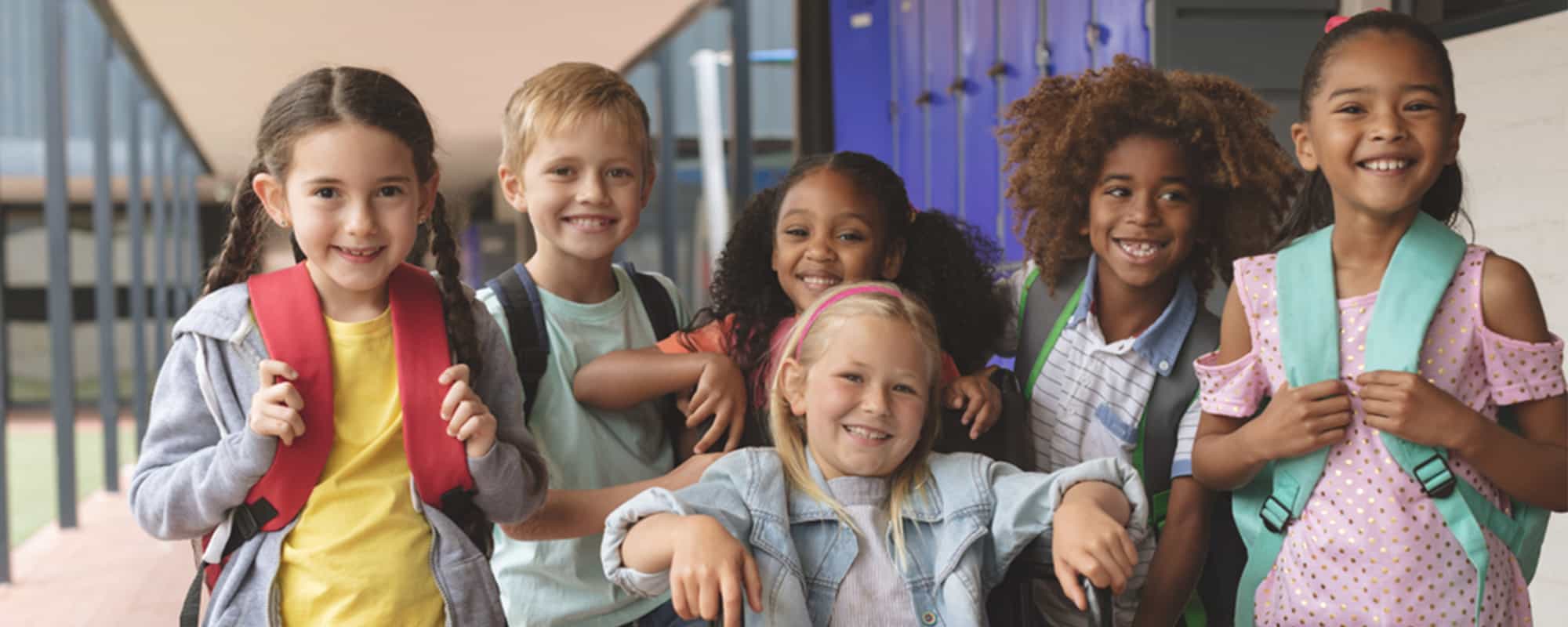We can, whenever and wherever we choose, successfully teach all children whose schooling is of interest to us; we already know more than we need to do that; and whether or not we do it must finally depend on how we feel about the fact that we haven’t so far. – R. Edmonds
What is Inclusion?
Inclusion recognises the rights of every child to participate meaningfully in all aspects of community life. In a nutshell, it is about equality and fairness. The practice of providing equal access to opportunities and resources for everyone. Inclusion ensures no one is disadvantaged.
Creating workplaces, schools and communities that put inclusion into practice is essential for people who have a lived experience of disability or belong to a minority group. Inclusion celebrates human diversity and views every child as unique.
Across the globe, students with disabilities are increasingly educated alongside their non-disabled peers in a practice known as inclusion. Inclusion happens when children are viewed as capable and valued contributors.
Education and Learning Should Be Accessible to All
Firstly, let’s establish – all students learn differently. There is no ‘one’ teaching approach that everyone will understand. Modern schools now implement various teaching strategies to help all students learn their best way. ‘Different’, shouldn’t be a term to be feared, but embraced. Different is normal – we are all a little different and there are so many ways to learn and teach to accommodate for these differences.
Barriers to inclusion can come through fear or a lack of confidence, understanding or attitude, however – it is everyone’s responsibility. Helping children understand how they learn best is empowering and provides a positive relationship with learning and schooling. Research shows children feel and learn to the best of their abilities when their whole learning environment acknowledges, respects and views diversity positively.
Inclusive education is not a passing fad. It is a legally-supported, evidenced-based way to ensure the educational needs and rights of all learners are catered for. Inclusion is prominently featured in a number of international declarations, national laws and education policies.
The United Nations Committee in the Convention on the Rights of a Person with Disabilities states that every person with a disability has a right to education – ‘without discrimination and on the basis of equal opportunity.’ Our governing bodies need to ensure ‘an inclusive education system at all levels and lifelong learning directed to:
(a) The full development of human potential and sense of dignity and self-worth, and the strengthening of respect for human rights, fundamental freedoms and human diversity;
(b) The development by persons with disabilities of their personality, talents and creativity, as well as their mental and physical abilities, to their fullest potential;
(c) Enabling persons with disabilities to participate effectively in a free society.’
The Disability Discrimination Act (1992) and the Disability Standards for Education (2005) require education and training service providers to support the rights of students with disability to access the curriculum on the same basis as students without a disability. Students with disability are entitled to rigorous, relevant and engaging learning opportunities drawn from age equivalent Australian Curriculum content on the same basis as students without disability.
However, an inclusive education it not limited to children with disabilities. It is also about ensuring the diverse learning needs of all students are met, including; students that have English as a second or additional language or dialect, Aboriginal students who have Aboriginal English as a first language (PETA) and students identified as gifted and talented (Gagne). These are not homogeneous groups of students, and some students have characteristics across one or more of these elements.
Given this push towards accountability and successful outcomes for all, the topic of creating and maintaining effective inclusive schools is at the forefront of the education discussion.
Peter Stower, Director, Learning and Teaching at Townsville Catholic Education (TCE) said that inclusive education is not just ensuring that all students are able to participate in curriculum with the same opportunities as their peers, but also considers how schools are developed and designed, including learning environments and activities so that all students can learn and participate together.
“Effective inclusive schools have a strong understanding of the individual strengths and requirements of every student and ensure they can fully participate in the same environment as their peers, learning the same age-equivalent curriculum, with necessary support and adjustments,” said Mr Stower.
Using Universal Design for Learning principles and quality first, differentiated teaching establishes a school environment that assumes participation and belonging. Teachers in inclusive classrooms cannot target the curriculum towards the average student, they provide students with multiple ways to engage, multiple representations of curriculum concepts and multiple means for students to express what they have learnt. Inclusive schools are dynamic and respond to the evolving needs of students.
Schools are a community and should create a sense of belonging and a safe and welcoming environment for all students. Wellbeing and care are critical to positive communities of learning as are the education and coaching of teachers, leaders and school staff around the best practices and the way of thinking about people, diversity, learning and teaching.
The functional needs of students may require adjustment to one or more of the following areas within a school:
- Teaching and learning – curriculum and pedagogy to provide opportunities for each student to engage in age-appropriate learning
- Communication – pedagogy and technology to support the way each student receives, processes, and communicates their learning
- Personal care, health and safety – support for self-care, health management and specialised support staff
- Access – the learning environment to optimise student participation and engagement with all aspects of the learning process. Physical environments that are accessible.
“One of the most important things you can do for your child is find a school that can support their individual needs, and promotes an environment that is inclusive. Inclusive environments help students of all abilities.” Mr Stower said.
Benefits
Decades of research shows clear and consistent evidence that inclusive educational settings provide substantial short and long-term benefits for students with and without disabilities, including higher rates of attendance, more positive attitudes towards diversity, better social skills, less disruptive behaviours and more developed personal values and ethics. As adults, students with disability who have been included are more likely to enrol in post-secondary education, be employed or live independently.
Several recent reviews have found that being educated alongside a student with a disability does not lead to negative consequences for non-disabled students. The researchers noted that in inclusive schools that have successfully implemented inclusive practices, teachers employed strategies and teaching techniques that catered to the needs of all learners.
“A successful model of inclusion thoughtfully arranges the learning environment, designs curriculum and instruction to meet the needs of all students and delivers evidence-based intervention through quality learning and teaching.” Mr Stower said.
References: Hehir T., Grindal T., Freeman B., Lamoreau R., Borquaye Y. & Burke S. (2016). A Summary of the Research Evidence on Inclusive Education.
Head to www.allmeansall.org.au for resources and further information on inclusive education from the Australian Alliance for Inclusive Education.





